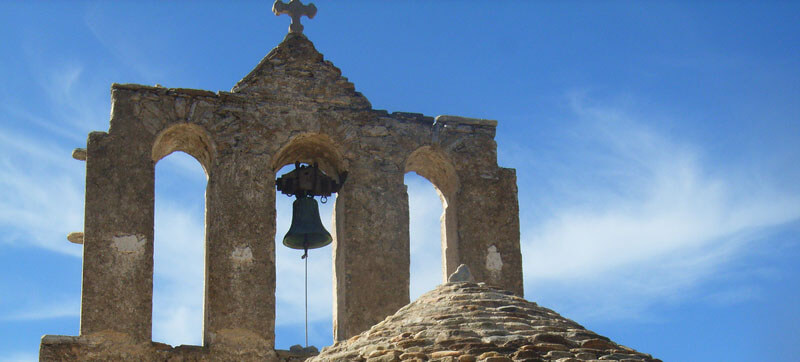The island of Naxos is the largest and the most fertile island in Cyclades.
It is located in the centrally in Cyclades and has only recently been touristically developed. It’s in numerous sandy beaches scattered around the entire territory of the island, make it an ideal holiday island for nature lovers as well as families who seek a quiet and beautiful place for their vacation.
More than 64 villages, most of which are mountainous, cover its slopes. They are well known for their excellent cool climate and their unsurpassed local cuisine. Its mountainous interior will surprise you and so will its resemblance to the island of Crete. The beaches of Naxos are well known for their natural beauty, the water clarity and the white sand.
Sailing by the most wonderful beaches of Paros, Antiparos, Naxos, Amorgos, Heraklia, Schinoussa and the small islets in between will help you see the islands like very few people have.
We strongly recommend that you rent a car for your holiday in Naxos.
The island's beaches are spread around the entire island. Local transportation can get you almost everywhere, but you would have to walk to get to see most of the beaches or wait for quite some time till the next bus arrives, especially for the most remote ones.
Naxos Island comprises of more those 60 villages, scattered all over the island. Some of which are uninhabited, but most of them reach a population of 2500 people.
Although unknown to most tourists until recently, many villages have become major tourist attractions.
As the Naxians' main income used to come from cultivating the land, the villages used to have a leading financial role in the island's economy.
That, together with the fact that the majority of the population lived in the villages, led to their development which went on for decades.
The fact that the island is the greenest in the Cyclades and has the highest mountain (Zas reaches 1004m of altitude) means that it is also fertile and has plenty of water, even during the driest seasons.
Apart from cultivating the land, the locals were also involved in cattle breeding.
Potato seeds, wheat, olive oil, emery, fish, meat and all sorts of vegetables were exported not only to Cyclades but to all parts of Greece. Marble was also a main source of income for the Naxians.
Most of the villages are mountainous, while most of them are also next to fertile valleys. Even today, the main source of income for those villages' inhabitants comes from agriculture and cattle-raising.
While the inhabitants of some villages migrated to Athens and other parts of Greece or Europe, those staying at the richest villages remained there.
Island's economy still highly depends on agriculture and cattle-raising, but tourism has finally "invaded" the island, to transform it to one of the major tourist attractions in Cyclades. As a result, the coastline (unwanted area for many years) has grown in value.
The tourist development, however, has also reached the villages. One will be amazed to see the amount of tourists driving to the island's interior just to visit as many villages as possible. Most of them are very picturesque and have excellent local cuisine and lovely cafe with amazing view.
Booking.com











